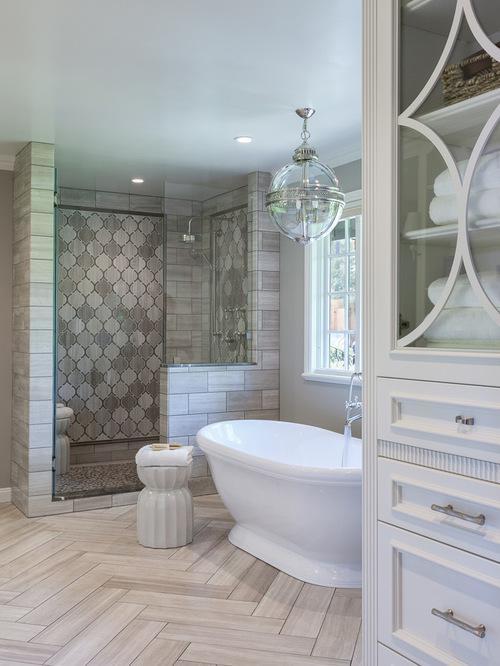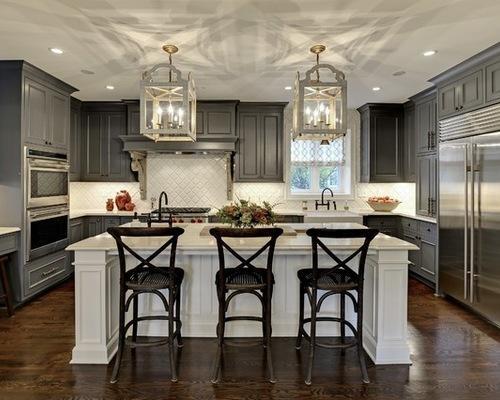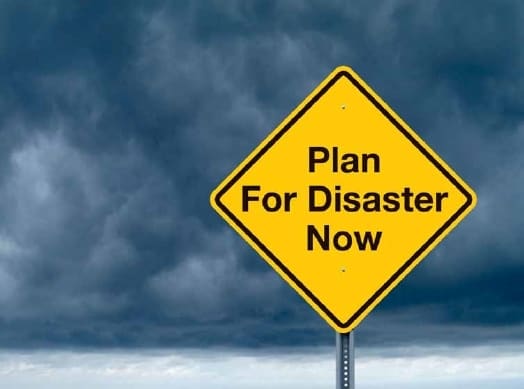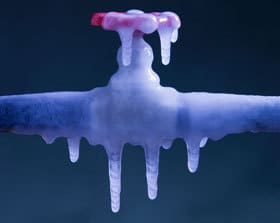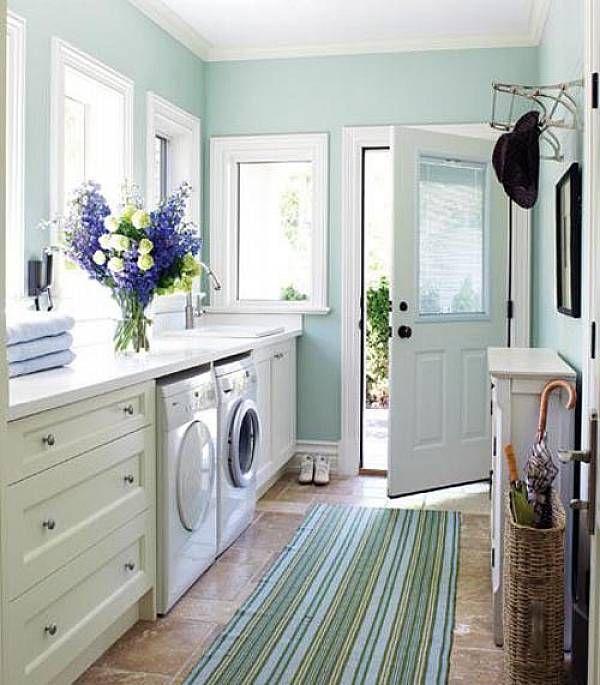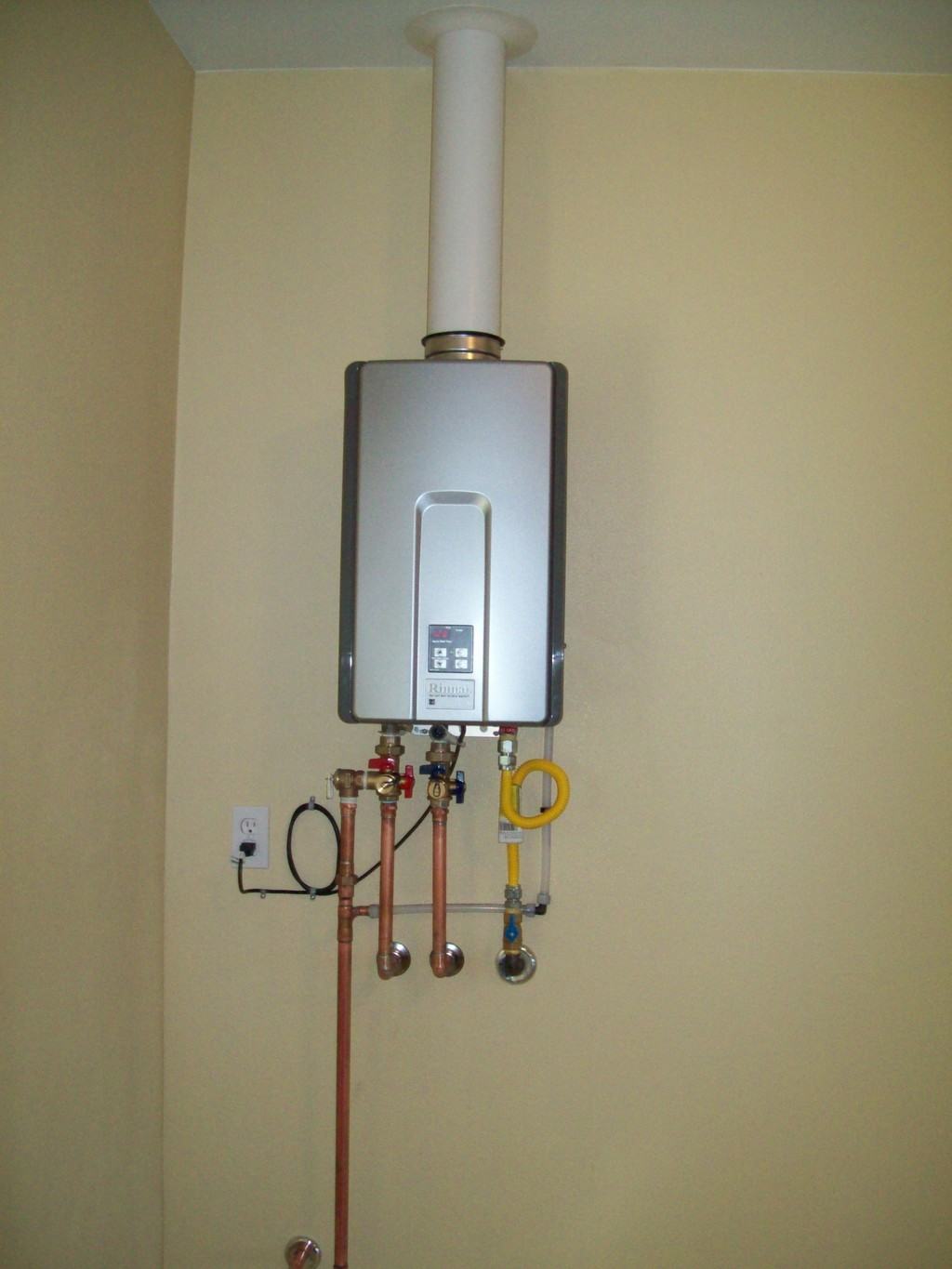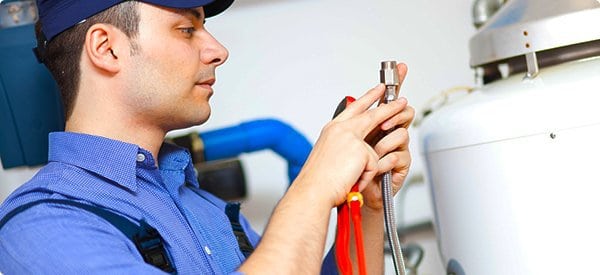Water heaters are such an essential part of everyday life considering they provide heated water to all parts of your home whenever and wherever you need it. Unfortunately, these vastly used and important units get neglected and forgotten about too often, until a problem arises. Replacing your water heater because of failed maintenance or misuse can be very costly. Not to mention the major inconvenience of not having any hot water until the issue is resolved or a new unit has been installed. Luckily, there are a number of ways that you can increase the years you get out of it as well as better and more efficient performance while in use. Let’s examine three well-known tips for getting the most out of your water heater.
Setting The Thermostat To The Proper Temperature
The temperature you decide to set your water heater at will have a constant impact on several daily activities. The average recommended temperature to set the thermostat at is 120 degrees Fahrenheit. This will properly heat your water for all major and minor uses throughout your home along with not putting strain on the life of the tank. If you notice your water having an unpleasant odor, this may be a sign of higher bacteria levels and require an increase in temperature to 140 degrees to kill the bacteria. The same outcome will be true if you are having trouble getting your dishes clean in your dishwasher, an increase in temperature on the water heater may be necessary for your circumstance. Changing the temperature of a gas-powered water heater is simple, just turn the dial located on the front of the gas control valve. If you have an electric water heater, you will need to turn off the breaker, remove access panels and locate the thermostat to adjust. It is often the safest bet to allow a professional plumbing company to adjust and maintain your water heater, especially if you are unfamiliar with them.
Drain The Sediment Build Up Every So Often
Over time, the micro amounts of sediments in the water get deposited in the bottom of your tank and can accumulate if left untreated for too long. Luckily, there is an easy trick you can do periodically to help avoid any unwanted build-up. First, drain the remaining water in the tank into a bucket. Next, stir up the sediment by opening the cold-water supply valve. Then you will drain the water and repeat the process until the water is looking crystal clear.
Use Some Pipe Installation
A simple, quick, and inexpensive method to help you get the most out of your water heater is installing some 3/8-inch-thick self-stick pipe installation. You will want to cover the pipes leading away from your heater as far as you can see. This will be multifunctional, helping keep the hot water warmer and cold-water cooler with less condensation in the summertime. For any other concerns or questions, don’t hesitate to contact a professional that offers DC water heater repair services.





